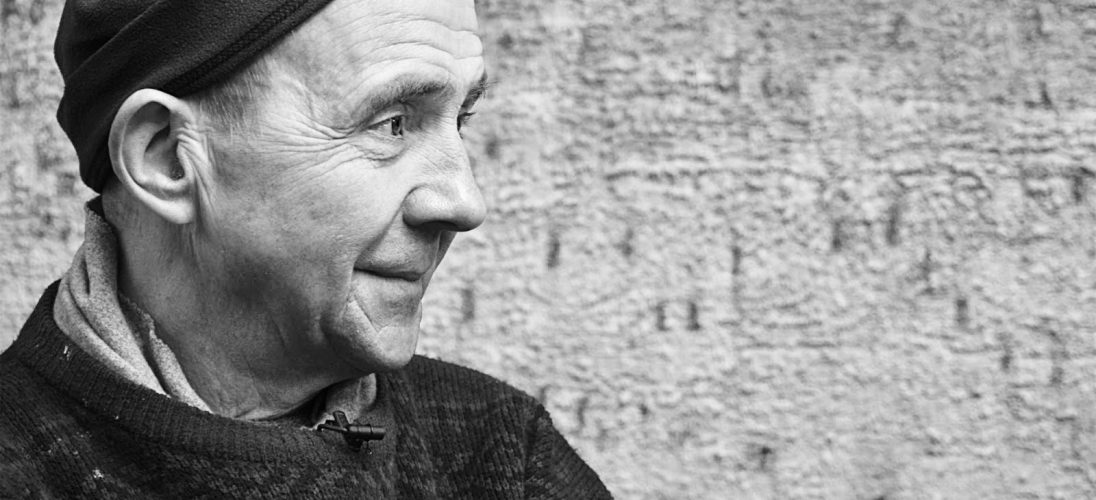About Jake Attree
Enquire / Make an OfferJake Attree was born in York in 1950. He attended The Royal Academy between 1974 and 1977 where he was awarded the Creswick Landscape Prize, The Landseer Figurative Prize and the Bronze Turner Medal. This was preceded by three years at Liverpool College of Art and 2 at the York School of Art. Jake has been represented by Messums of Cork St, Mayfair for many years. He has had solo and mixed shows at Messums, Thackeray Gallery, Cadogan Contemporary, New Grafton Gallery, and The Serpentine, amongst many others and has toured with the British Arts Council as well as being held in numerous City Galleries both in the UK and internationally. He is held in private collections in Great Britain, USA, Australia, Austria, Brazil, France, Italy, Germany and Sweden.
Films:
‘New York and the Gloomy Day’. To view a short film of Jake talking about his time in New York, the renaissance and other artistic influences please click here:
To view an intimate, moving and intense short film in which Jake openly discusses the issues surrounding his drinking prior to 1982, which threatened to ruin his artistic career and possibly his life, please click here:
‘Art, integrity, and the marketplace.’ To view a short film of Jake discussing how an artist finds the balance between his or her artistic muse, their relationship with the gallerist and demand in the marketplace, please click here:
To view the complete 33 minute composite version of the three film shorts above, please click here:
To view ‘Northern School’ author Peter Davies and artist Jake Attree talk about their perceptions and experience of the post-war Liverpool art scene, and how it compared to the burgeoning Manchester movement. To view please click here:
Biography
Jake Attree (1950-). Born in Yorkshire in 1950, Jake Attree studied at the York School of Art and Liverpool College of Art, going on to be awarded The Creswick Landscape Prize, The Landseer Figure Prize, The David Murray Scholarship and the Bronze Turner Medal from The Royal Academy of Arts from 1974-1977.
As a small boy his father took him on the back of his bicycle to Naburn lock where he saw the flour mill working. At twelve he was amazed by reproductions of three of Constable’s greatest paintings in the magazine Knowledge. He had always drawn and painted, now he knew exactly what he was going to do. But Attree’s touchstone of what painting is for and what an artist is, which he continues to turn to like a plant to the sun, is John Constable, the greatest painter of the English landscape.
Along the way Jake Attree also jettisoned the adolescent notion of the artist as ravaged genius in favour of the joy of hard graft, modest but attainable goals and inner certainty.
His conversation is seasoned with references to Baudelaire’s writings on painting and the aphorisms and stories that illuminate the painting lives of such diverse figures as Rembrandt, Ruskin, Bomberg, Picasso, De Kooning, Auerbach and Giacometti.
In Jake Attree’s paintings the ordinary is raised to the level of the extraordinary.
“The drama of everyday life is sufficient,” says Attree. The timeless human gestures, which say more than we can articulate, are what he sees both in Poussin’s The Birth of Bacchus and in workaday Yorkshire streets. He endeavours to represent as accurately as he can that unspoken language that bonds us together in situations that reveal us to ourselves as both unique individuals and members of a community.
The events Attree paints are not a punctuation in a narrative but an instant without a past or future. Time flows through the event and finds a parallel in the making of the painting – which becomes the real event with which we are presented.
Despite his extrovert paint handling in his approach to subject matter Jake Attree belongs to that Introverted English tradition. On the other hand the European and Jewish nature of the unbroken line from Bomberg to Auerbach to his first teachers is one Attree acknowledges as being hugely influential.
“We have to accept our influences as input and work through them”, he says.
From essay by Mary Sara, Freelance writer & art critic
Photograph courtesy of Huw Jones.
For the latest updates please click follow us on our Instagram page here:
Are you interested in something? Do you have a question?
Send us an email below and we'll be in touch very soon.
[forminator_form id="6109"]
